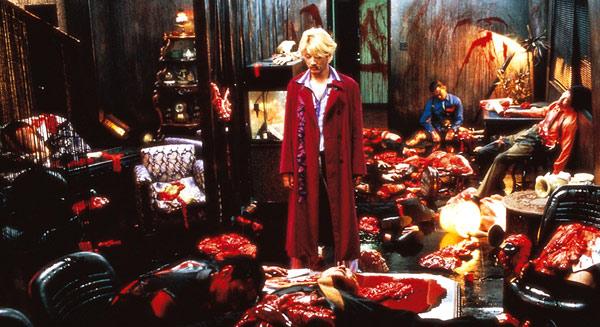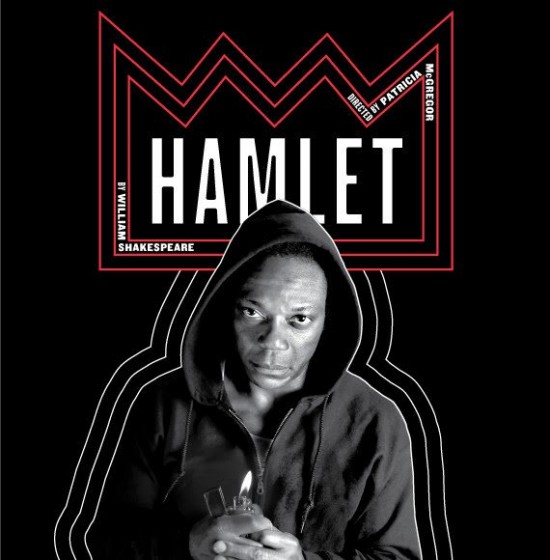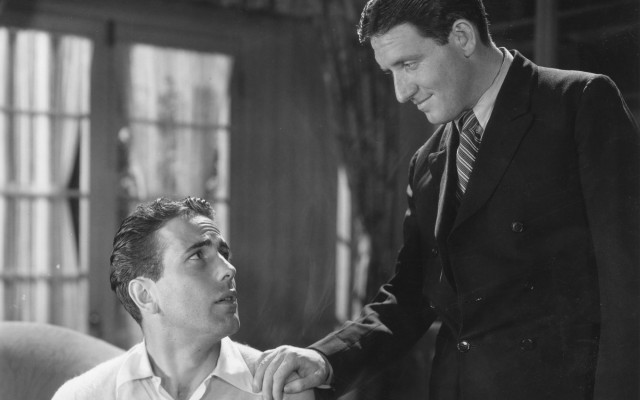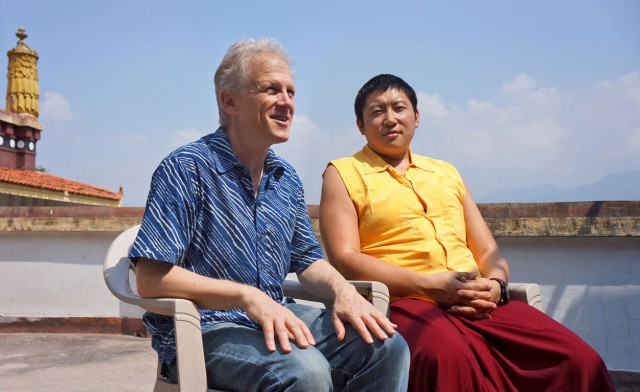DAVID HOLZMAN’S DIARY (Jim McBride, 1967)
Anthology Film Archives
32 Second Ave. at Second St.
Friday, September 2, 7:15, and Saturday, September 3, 9:00
Series continues through September 4
212-505-5181
anthologyfilmarchives.org
 New York City native Jim McBride’s directorial debut, the seminal David Holzman’s Diary, presages the YouTube Generation and reality shows in its depiction of a man obsessed with capturing virtually every moment of his life on camera. L. M. Kit Carson stars as David Holzman, a twenty-five-year-old unemployed schlemiel who goes everywhere with his 16mm camera, photographing the streets of his Upper West Side neighborhood, his model girlfriend, Penny (Eileen Dietz), and the woman in the apartment across the street. He also often turns the camera on himself as he discusses his life and moviemaking, directly and indirectly referencing Jean-Luc Godard, Alfred Hitchcock, Vincente Minnelli, Orson Welles, and Luchino Visconti. The black-and-white film is set up as if it’s a documentary, with choppy cuts and a barely audible soundtrack of a radio playing music and sharing the news of the day (July 1967). Holzman is happiest when he gets a new fish-eye lens and shows it off by carrying it through the streets above his head, offering a different perspective of the city. Like today’s world, McBride (The Big Easy, Great Balls of Fire!) brings up issues of voyeurism and privacy, because to Holzman, it’s as if nothing really exists unless it’s on film or television (or, now, the internet). Thus, it makes sense that David Holzman’s Diary is screening as part of the Anthology Film Archives series “Voyeurism, Surveillance, and Identity in the Cinema,” being held in conjunction with the International Center of Photography’s inaugural exhibition in its new downtown space on the Bowery, the multimedia “Public, Private, Secret.” The film series continues with Shirley Clarke’s Portrait of Jason on September 2 & 4 and the short film program “Exhibitionism / Self-Fashioning” on September 3 & 4. The two-floor exhibition explores how we allow ourselves to be seen, and how we look at others, in public and private in the second decade of the twenty-first century, with works by Andy Warhol, Cindy Sherman, Doug Rickard, Gillian Wearing, Garry Winogrand, Sophie Calle, Lyle Ashton Harris, Jill Magid, Phil Collins, Shelly Silver, Rashid Johnson, Martine Syms, Trevor Paglen, and others.
New York City native Jim McBride’s directorial debut, the seminal David Holzman’s Diary, presages the YouTube Generation and reality shows in its depiction of a man obsessed with capturing virtually every moment of his life on camera. L. M. Kit Carson stars as David Holzman, a twenty-five-year-old unemployed schlemiel who goes everywhere with his 16mm camera, photographing the streets of his Upper West Side neighborhood, his model girlfriend, Penny (Eileen Dietz), and the woman in the apartment across the street. He also often turns the camera on himself as he discusses his life and moviemaking, directly and indirectly referencing Jean-Luc Godard, Alfred Hitchcock, Vincente Minnelli, Orson Welles, and Luchino Visconti. The black-and-white film is set up as if it’s a documentary, with choppy cuts and a barely audible soundtrack of a radio playing music and sharing the news of the day (July 1967). Holzman is happiest when he gets a new fish-eye lens and shows it off by carrying it through the streets above his head, offering a different perspective of the city. Like today’s world, McBride (The Big Easy, Great Balls of Fire!) brings up issues of voyeurism and privacy, because to Holzman, it’s as if nothing really exists unless it’s on film or television (or, now, the internet). Thus, it makes sense that David Holzman’s Diary is screening as part of the Anthology Film Archives series “Voyeurism, Surveillance, and Identity in the Cinema,” being held in conjunction with the International Center of Photography’s inaugural exhibition in its new downtown space on the Bowery, the multimedia “Public, Private, Secret.” The film series continues with Shirley Clarke’s Portrait of Jason on September 2 & 4 and the short film program “Exhibitionism / Self-Fashioning” on September 3 & 4. The two-floor exhibition explores how we allow ourselves to be seen, and how we look at others, in public and private in the second decade of the twenty-first century, with works by Andy Warhol, Cindy Sherman, Doug Rickard, Gillian Wearing, Garry Winogrand, Sophie Calle, Lyle Ashton Harris, Jill Magid, Phil Collins, Shelly Silver, Rashid Johnson, Martine Syms, Trevor Paglen, and others.
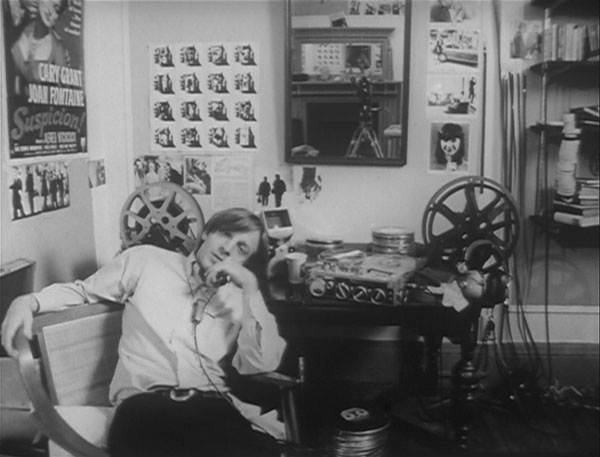
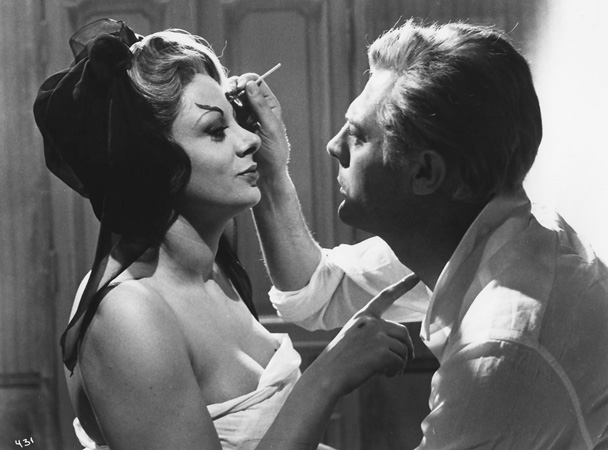
 “Your eminence, I am not happy,” Guido (Marcello Mastroianni) tells the cardinal (Tito Masini) halfway through Federico Fellini’s self-reflexive masterpiece 8½. “Why should you be happy?” the cardinal responds. “That is not your task in life. Who said we were put on this earth to be happy?” Well, film makes people happy, and it’s because of works such as 8½. Fellini’s Oscar-winning eighth-and-a-half movie is a sensational self-examination of film and fame, a hysterically funny, surreal story of a famous Italian auteur who finds his life and career in need of a major overhaul. Mastroianni is magnificent as Guido Anselmi, a man in a personal and professional crisis who has gone to a healing spa for some much-needed relaxation, but he doesn’t get any as he is continually harassed by producers, screenwriters, would-be actresses, and various other oddball hangers-on. He also has to deal both with his mistress, Carla (Sandra Milo), who is quite a handful, as well as his wife, Luisa (Anouk Aimée), who is losing patience with his lies. Trapped in a strange world of his own creation, Guido has dreams where he flies over claustrophobic traffic and makes out with his dead mother, and his next film involves a spaceship; it doesn’t take a psychiatrist to figure out the many inner demons that are haunting him. Marvelously shot by Gianni Di Venanzo in black-and-white, scored with a vast sense of humor by Nino Rota, and featuring some of the most amazing hats ever seen on film — costume designer Piero Gherardi won an Oscar for all the great dresses and chapeaux — 8½ is an endlessly fascinating and wildly entertaining exploration of the creative process and the bizarre world of filmmaking itself. And after seeing 8½, you’ll appreciate Woody Allen’s 1980 homage, Stardust Memories, a whole lot more. “Weekend Classics” continues September 9-11 with Fellini Satyricon before concluding September 23-25 with City of Women.
“Your eminence, I am not happy,” Guido (Marcello Mastroianni) tells the cardinal (Tito Masini) halfway through Federico Fellini’s self-reflexive masterpiece 8½. “Why should you be happy?” the cardinal responds. “That is not your task in life. Who said we were put on this earth to be happy?” Well, film makes people happy, and it’s because of works such as 8½. Fellini’s Oscar-winning eighth-and-a-half movie is a sensational self-examination of film and fame, a hysterically funny, surreal story of a famous Italian auteur who finds his life and career in need of a major overhaul. Mastroianni is magnificent as Guido Anselmi, a man in a personal and professional crisis who has gone to a healing spa for some much-needed relaxation, but he doesn’t get any as he is continually harassed by producers, screenwriters, would-be actresses, and various other oddball hangers-on. He also has to deal both with his mistress, Carla (Sandra Milo), who is quite a handful, as well as his wife, Luisa (Anouk Aimée), who is losing patience with his lies. Trapped in a strange world of his own creation, Guido has dreams where he flies over claustrophobic traffic and makes out with his dead mother, and his next film involves a spaceship; it doesn’t take a psychiatrist to figure out the many inner demons that are haunting him. Marvelously shot by Gianni Di Venanzo in black-and-white, scored with a vast sense of humor by Nino Rota, and featuring some of the most amazing hats ever seen on film — costume designer Piero Gherardi won an Oscar for all the great dresses and chapeaux — 8½ is an endlessly fascinating and wildly entertaining exploration of the creative process and the bizarre world of filmmaking itself. And after seeing 8½, you’ll appreciate Woody Allen’s 1980 homage, Stardust Memories, a whole lot more. “Weekend Classics” continues September 9-11 with Fellini Satyricon before concluding September 23-25 with City of Women.
 I remember the first time I saw the BBC series Ways of Seeing, thoroughly entranced by the host, a curly-haired British art critic with the cutest little lisp of his “R”s who promised that, while looking at European painting in a whole new way, “we shall discover something about ourselves and the situation in which we are living.” Years later, I was distraught when I couldn’t find my paperback copy of the companion book; my wife quickly ordered it and it was soon in my hands, where I devoured every word and image again and again. So I was terrifically excited when I heard about the new documentary The Seasons in Quincy: Four Portraits of John Berger, which opens August 31 at Film Forum. Perhaps my expectations were too high, but I came away from the four-part film feeling disappointed and let down; I selfishly wanted only Berger (pronounced with a soft “g”) but instead got too much of his friends and colleagues. And to make matters worse, the directors are too often what Berger tried so hard to avoid being throughout his long, influential career: pretentious. The film begins in winter with “Ways of Listening,” in which director Colin MacCabe focuses on Berger and his longtime friend, Oscar-nominated actress Tilda Swinton, as they talk at Berger’s farm in the small French town of Quincy, where he moved in the 1970s after becoming fed up with England. Filmed in 2010, the segment works best when Berger tells personal stories about his father and war; Swinton listens while peeling apples, the camera on her as much as on him. It occasionally feels as if she can’t decide whether to share Berger or keep him to herself; they already have a special connection, sharing the same birthday, albeit thirty-four years apart. But I wanted to make my own connection with Berger, a down-to-earth intellectual with a lust for life and a wide-ranging legacy, an artist, critic, “radical humanist,” social commentator, political activist, husband, father, farmer, and self-described “revolutionary writer” who prefers to simply be known as a storyteller.
I remember the first time I saw the BBC series Ways of Seeing, thoroughly entranced by the host, a curly-haired British art critic with the cutest little lisp of his “R”s who promised that, while looking at European painting in a whole new way, “we shall discover something about ourselves and the situation in which we are living.” Years later, I was distraught when I couldn’t find my paperback copy of the companion book; my wife quickly ordered it and it was soon in my hands, where I devoured every word and image again and again. So I was terrifically excited when I heard about the new documentary The Seasons in Quincy: Four Portraits of John Berger, which opens August 31 at Film Forum. Perhaps my expectations were too high, but I came away from the four-part film feeling disappointed and let down; I selfishly wanted only Berger (pronounced with a soft “g”) but instead got too much of his friends and colleagues. And to make matters worse, the directors are too often what Berger tried so hard to avoid being throughout his long, influential career: pretentious. The film begins in winter with “Ways of Listening,” in which director Colin MacCabe focuses on Berger and his longtime friend, Oscar-nominated actress Tilda Swinton, as they talk at Berger’s farm in the small French town of Quincy, where he moved in the 1970s after becoming fed up with England. Filmed in 2010, the segment works best when Berger tells personal stories about his father and war; Swinton listens while peeling apples, the camera on her as much as on him. It occasionally feels as if she can’t decide whether to share Berger or keep him to herself; they already have a special connection, sharing the same birthday, albeit thirty-four years apart. But I wanted to make my own connection with Berger, a down-to-earth intellectual with a lust for life and a wide-ranging legacy, an artist, critic, “radical humanist,” social commentator, political activist, husband, father, farmer, and self-described “revolutionary writer” who prefers to simply be known as a storyteller.
